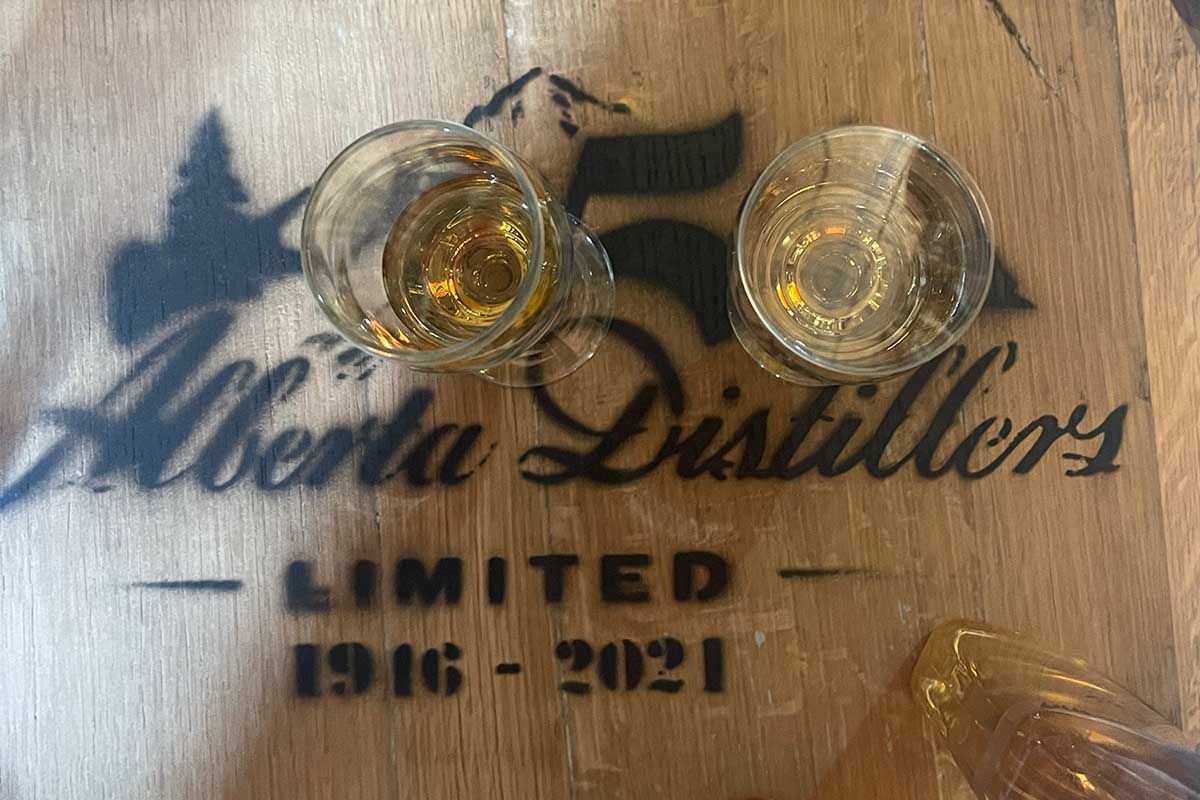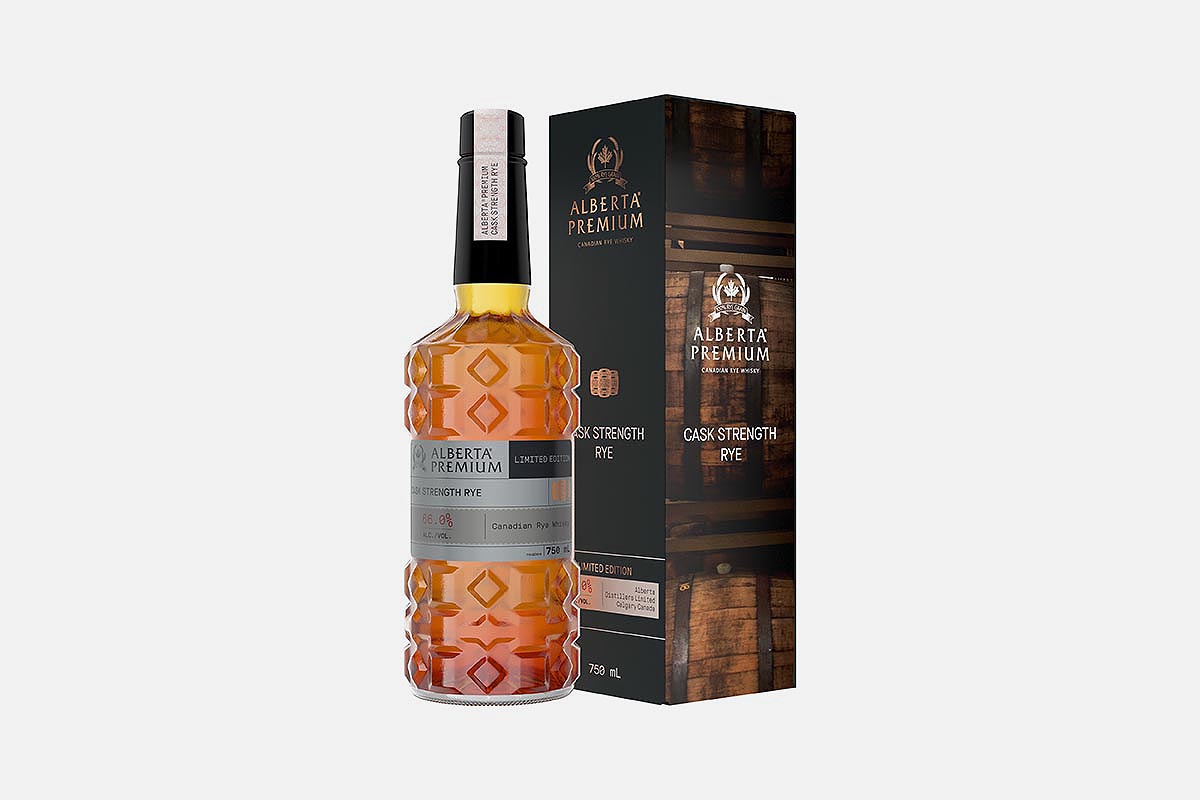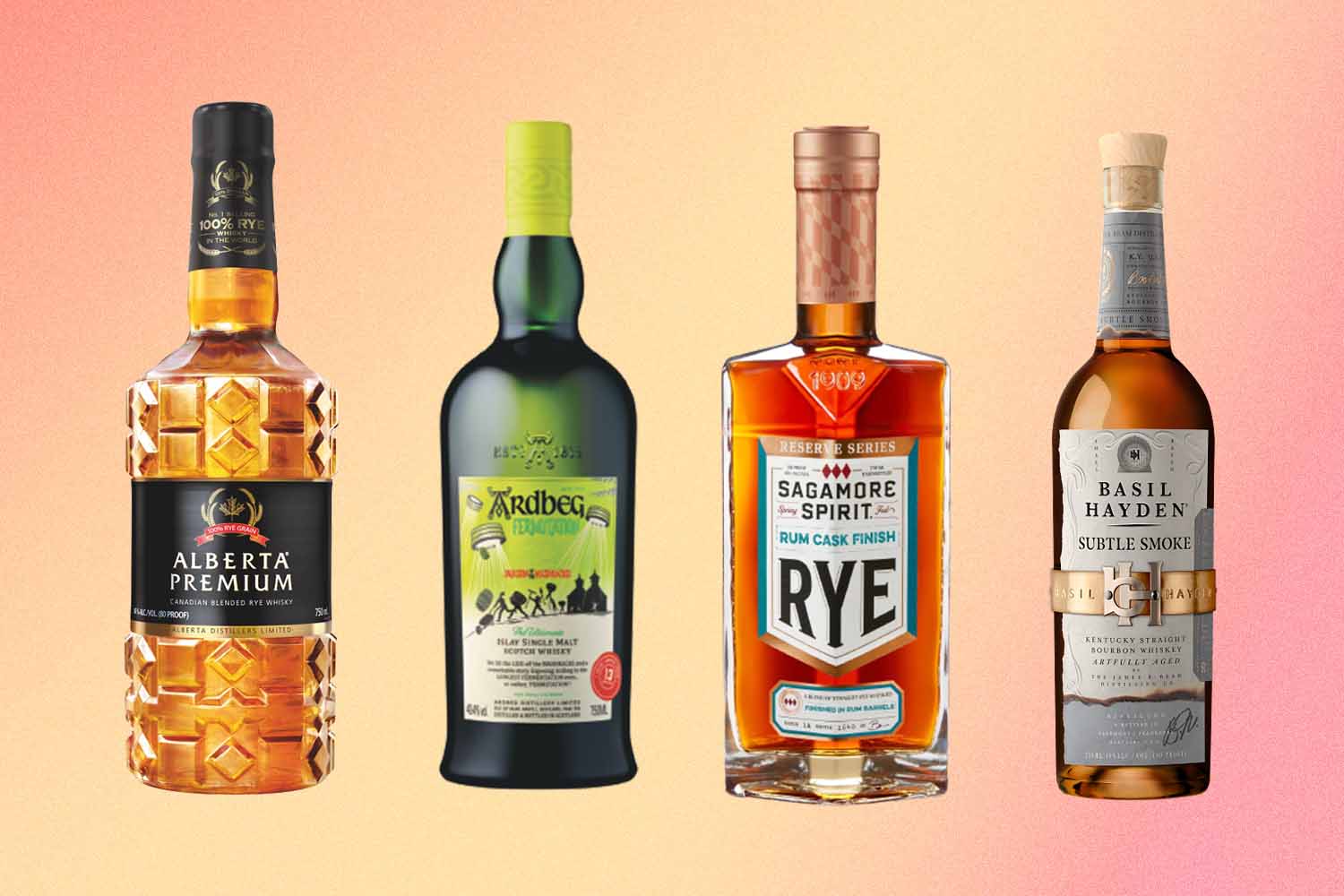The process of making whisk(e)y follows the same steps the world over: mill, cook and ferment grain before distilling, followed by aging. Yet how that process looks, and what the resulting whisky tastes like, varies widely: Compare the double pot distillation of single malt Scotch to the mighty column stills that make most bourbon, or the flavor impact of sherry barrels versus new charred oak. It’s possible to make amazing whisky with almost infinite variations: Just as there’s no single best whisky, there’s no single best way of making it.
But you can still come pretty close to perfecting the formula, as is the case with Alberta Distillers. The Calgary distillery has been making 100% rye whisky for over 75 years, varying different parts of the process and drawing on a couple of unique advantages to create flavor and character that are entirely original. Alberta’s rye tends to showcase a well-structured mingling of spice and fruity, banana-rich sweetness, with floral notes and a distinct leatheriness—a world apart from the oily corn-heavy ryes of Kentucky and the herbaceous, dill-enhanced ryes of MGP.
You may already have tasted this whisky without realizing it, through brands like Masterson’s, WhistlePig and the old Jefferson’s Rye; about a decade ago, they and other non-distiller producers began buying well-aged, 100% rye whisky from Alberta and bottling it under their own labels. Alberta Premium rye, the distillery’s house brand, has long been a local favorite in the province and beyond: IWSR numbers peg it as the bestselling rye in the world. But until recently, it wasn’t even exported to the U.S.
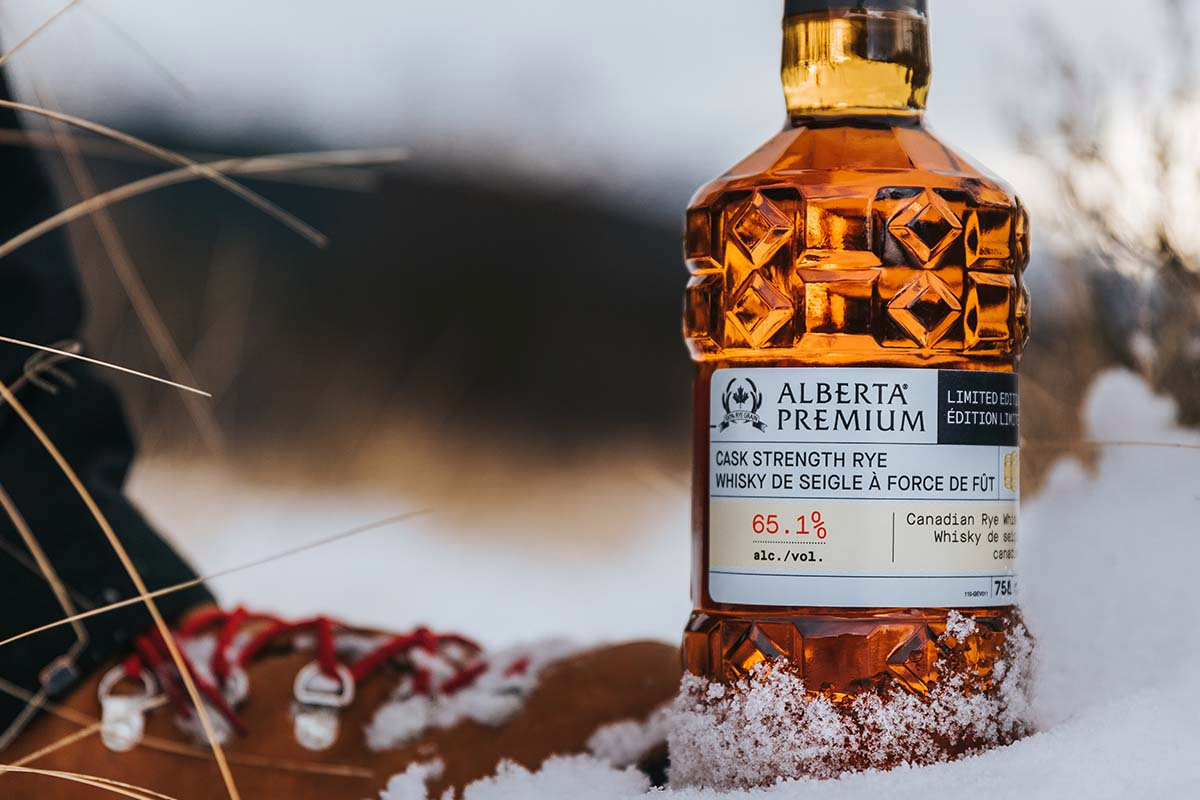
That’s set to change, however, as Alberta Distillers puts a new focus on sharing its whisky, under its own name, with the world. The distillery tested the waters in 2020 by quietly launching Alberta Premium Cask Strength, a barrel-proof whisky that typically hits above 60% ABV and is packed full of flavor (one drinks critic called it the best whisky of 2021, and one InsideHook writer pretty much agreed). Then this past March, it rolled out the core Alberta Premium, making it available nationwide. And with about a third of its aging barrels devoted to 100% rye, Alberta Distillers has the potential to unleash a lot more.
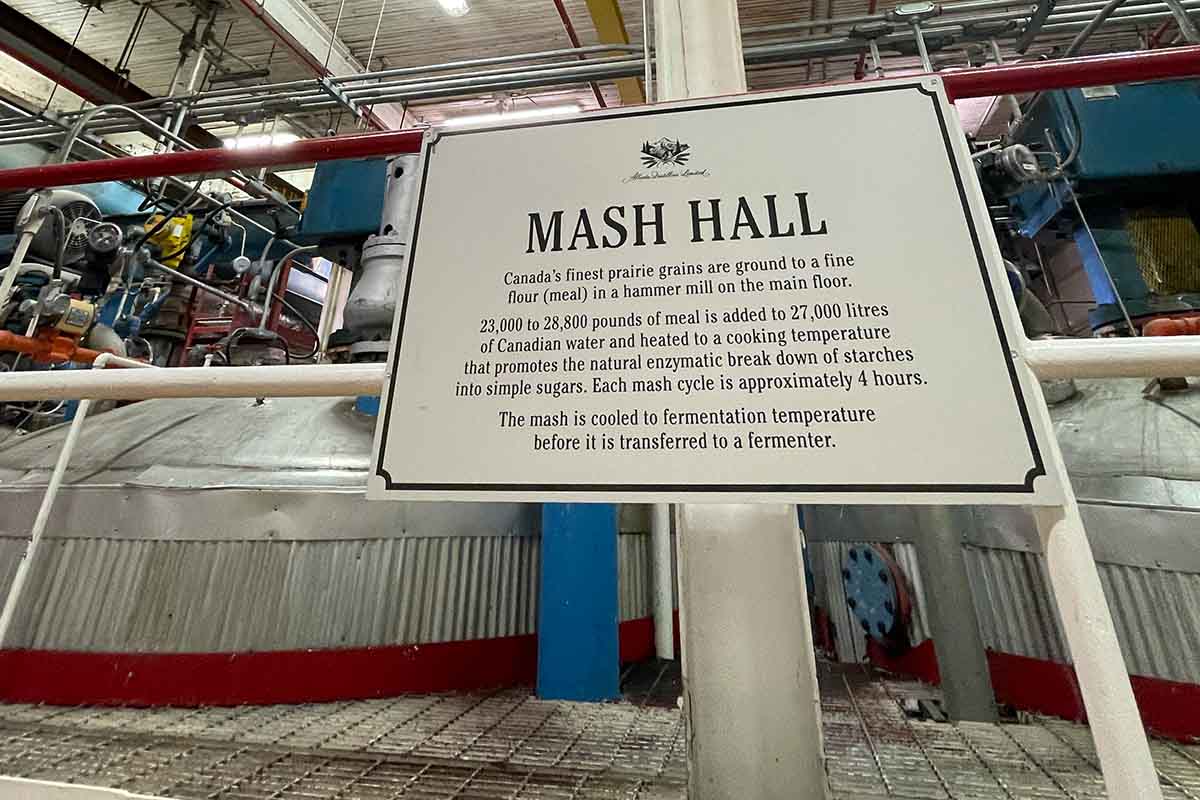
Like most Canadian distilleries, Alberta makes single-grain whiskies that can be used as blending components, though its house ryes are always 100% rye. All of the grains it uses come from Canada’s prairie land, 90% from within the province of Alberta itself. The rye is distilled on two still types—column and kettle—which yield distinct styles of spirit. And maturation takes place within three different casks: New charred oak, ex-bourbon, and multi-use barrels that are deployed several times for aging Canadian whisky. All those variables lead to a stable of diverse liquids that Alberta’s blending team draws on when putting together the final products.
But Alberta has a secret weapon that makes its whisky truly stand out: a proprietary enzyme grown in an on-site lab. Enzymes are necessary for all whiskies, as they convert the grains’ starches into sugars which are then eaten by yeast and turned into alcohol. Malted barley naturally contains a high amount of enzymes, so it’s often used as part of a whisky mashbill. But decades ago, when Alberta Distillers decided to focus on single-grain recipes, it needed a way to produce the required chemical reactions without malt—especially for rye, which is notoriously difficult to manage. Enter the enzyme.
“Rye is a really hard grain to ferment, distill; there’s a lot of gumminess, stickiness issues with that,” as Shannon Thomas, the distillery’s microbiologist, told us during a recent visit to the distillery. “And when we use our enzyme that we produce on-site, then we don’t have all these problems.”
What started as a solution to a process issue has now become a core part of the identity of Alberta’s whisky, resulting in unique flavors no other distillery can replicate. The enzyme, glucoamylase, doesn’t get purified like a commercial product would, meaning it contains additional “side enzymes” that add further layers of flavor. “Our unique enzymes, combined with the distinctive characteristics of our unmalted rye grain, begin to affect the flavor profile at the early stages,” says distillery manager George Teichroeb. “As the grains ferment, there’s a reaction and a convergence that takes place with those enzymes. We feel this is where the unique spice and fruit flavors first develop.”
Adding to its multi-pronged distillation and maturation program, Alberta fills barrels at different proofs, including some with 78% ABV spirit. As they age, and the water evaporates, the whisky’s strength goes up—as high as 84% ABV. You might assume anything with so much alcohol would be tough to choke down, but shockingly, a well-aged 168-proof Alberta rye is not only drinkable but tasty, any rough edges smoothed out by years of interaction with wood and air.
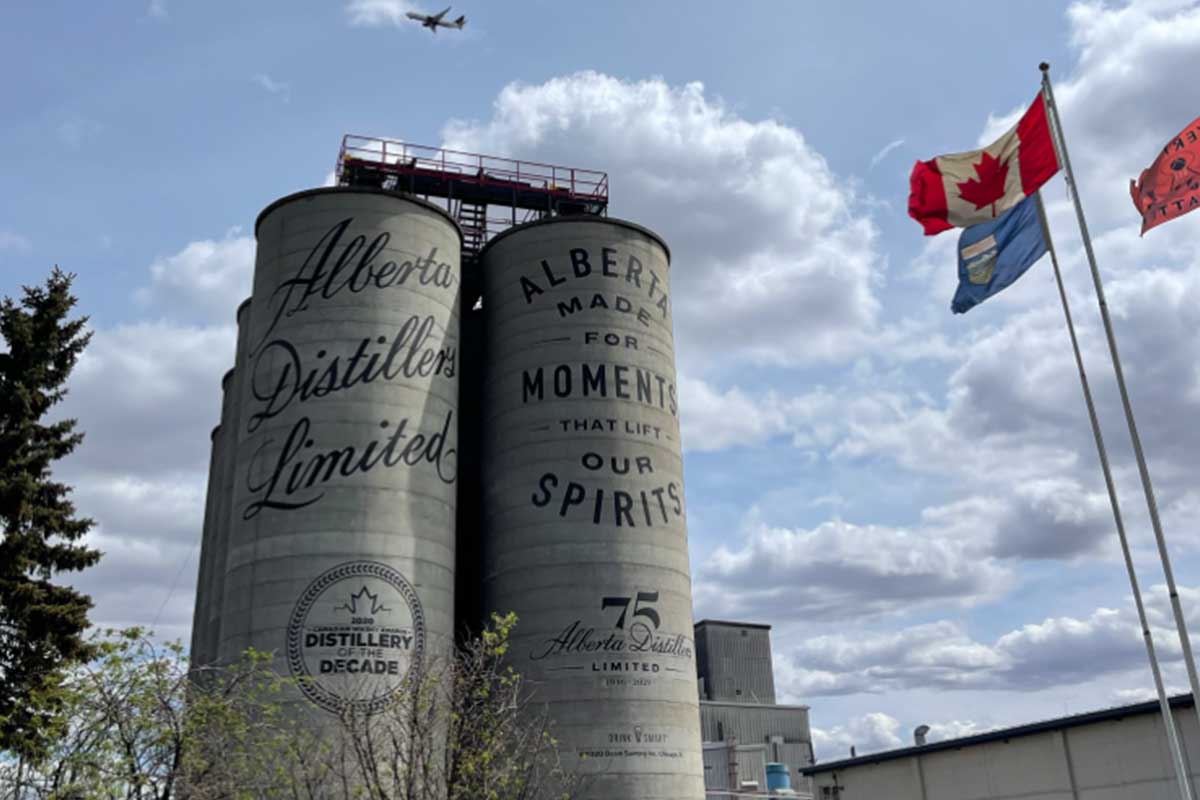
Alberta has another factor that works in its favor: the distillery’s high elevation—3,200 feet above sea level—coupled with a dry climate, which forms a rare maturation environment. “Being that far above sea level, and the dry air, we actually pick up strength as we age our product,” Teichroeb says, adding that the whisky also penetrates deeper into the barrel, which creates stronger filtration effects. “The water escapes [more quickly] as part of the angels’ share instead of the ethanol, which is really different than what you have in other parts of the country.”
“Does it add to the flavor? Scientifically, we can’t prove it,” Teichroeb admits, though he says they’ve tried aging the distillery’s spirit in other parts of Canada. “We can’t replicate what we do in Ontario. You can’t get that same profile out of the barrel.”
Every Thursday, our resident experts see to it that you’re up to date on the latest from the world of drinks. Trend reports, bottle reviews, cocktail recipes and more. Sign up for THE SPILL now.
